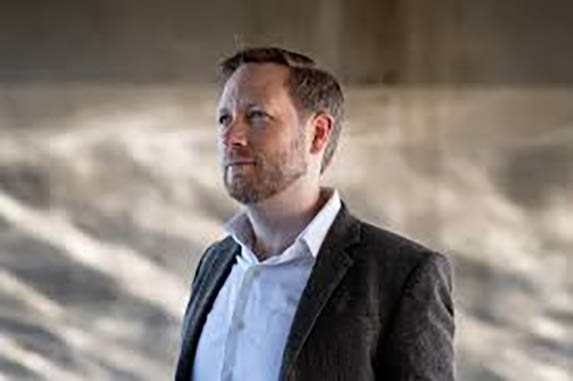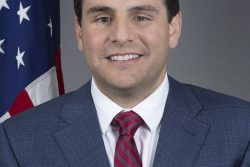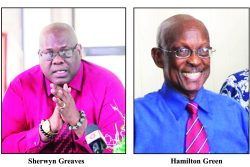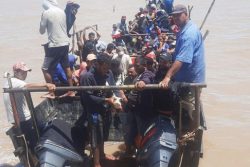The fairy-tale saga of Guyana’s first lucrative oil find in 2015 which has catapulted the nation seemingly overnight into a whirlwind of economic development on the back of later similar finds and which many here now take for granted, might never have been a reality were it not for the tenacity of a couple of ExxonMobil employees, an engineer and a geoscientist.
This is what Kevin Crowley, reporter writing for Bloomberg Markets on oil & gas matters, uncovered when he proceeded to get a glimpse of the backstory into the first Liza find, the beginning of what would turn out to be several remarkable subsequent discoveries.
Bloomberg LP is a privately held financial, software, data, and media company headquartered in Midtown Manhattan, New York City.
According to Crowley, it all started in late 2013, when a 32-year-old geoscientist for ExxonMobil Corp, Scott Dyksterhuis, was convinced that a vast trove of oil lay buried off the coast of Guyana, near where the Atlantic Ocean meets the Caribbean Sea. However, he first had to convince his bosses to drill a well to prove it, with the understanding that there was only a 1 in 5 chance of success.
As was to be expected his bosses didn’t think the costs justified the risk. Enter Rudy Dismuke, an ExxonMobil commercial adviser who pitched the idea of bringing on co-investors who would cover the expenses of drilling a well in exchange for a stake in the venture. And so we have Hess and CNOOC entering the picture.
These two companies did so at the urging of two geoscientists at APA Corp., a small explorer in Houston then called Apache, who were watching closely. Tim Chisholm studied Venezuela for Exxon in the 1990s, and Pablo Eisner had worked the region for Repsol SA. The pair wanted a slice of Stabroek, but when that wasn’t an option, they led Apache into Suriname instead. However, as the fates would have it, Chisholm and Eisner were laid off when Apache got cold feet and backed off. Chisholm went to Hess and Eisner joined CNOOC.
Eventually, Dyksterhuis using complex computer modeling, combined more than 300 3D seismic images to determine the presence of oil. “The more I worked it, the more I was, like, ‘There’s something going on here,’ ” Dyksterhuis says. Toward the end of 2013, he and two colleagues presented their findings to more than a dozen of Exxon’s top geoscientists. And even though the geological analysis was tricky (it could have been water and not oil), the geoscientist stuck to his guns.
In the end, with the well estimated to cost some $225 million, Exxon hired Transocean Ltd’s Deep-water Champion for the job. The high-spec drill rig was as long as two football fields, carried 10 truckloads of cement and mud, and could drill more than 7 miles deep. Work got underway at a cost of more than US$1 million a day.
As Crowley notes, “Inside Exxon it was dubbed ‘the well from hell.’ A section of pipe got stuck, unable to move up or down, compromising the integrity of the entire well. Drillers sheared off the drill bit and filled the bottom section of the well with cement. They lost equipment worth more than $15 million. But the drillers made a side-track hole that saved the project.
The drill bit hit Liza on May 5, 2015showing a sudden change in rock density. That meant Liza was stacked with fossil fuels. But it wasn’t immediately clear whether it was oil or gas. “To really hit the big time, it had to be oil.”
And then the moment of truth arrived a few hours later, the Deepwater Champion circulated drilling mud on its deck and shook out rock cuttings onto a conveyor belt. Kerry Moreland, a senior geoscientist and Dyksterhuis’ boss, noticed a familiar smell in the salty sea air. “Maybe like a gas station,” she says. She put on gloves and picked up some of the rocks. They were dripping in oil.








